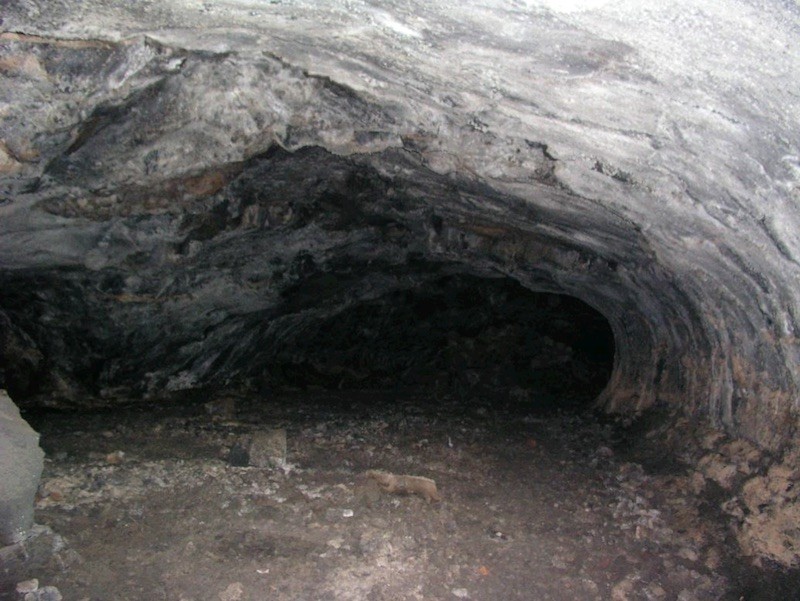Project Description
Also known as Cueva de Las Palomas de Masdache, this is a volcanic tube that was formed in the pahoehoe lava flows of the last phases of the Timanfaya eruption from 1730 to 1736. Its formation is associated with changes in the volume of lava emitted during the active period. The tube has been mapped by cavers. Its orientation is approximately NW-SE direction and it extends to over 1640 m in length approximately. With respect to its layout, the tube is divided into two branches. This tube is characterised by a high degree of conservation and displays the full range of morphology characteristic of this type of volcanic caves, such as cornices, lava platforms, central columns, stalactites to the roof and base of the cave (the best preserved in the Canary Islands), formed by dripping lava. The tube consists of several galleries in which it is possible to see partial collapses of the roof and jameos.
This geosite is of major volcanological and secondary geomorphological type interest. Additional historical interest, and for speleology. This is part of the Geosite “VC007 Parque Nacional de Timanfaya” which is of international importance.
This geosite is of major volcanological and secondary geomorphological type interest. Additional historical interest, and for speleology. This is part of the Geosite “VC007 Parque Nacional de Timanfaya” which is of international importance.

